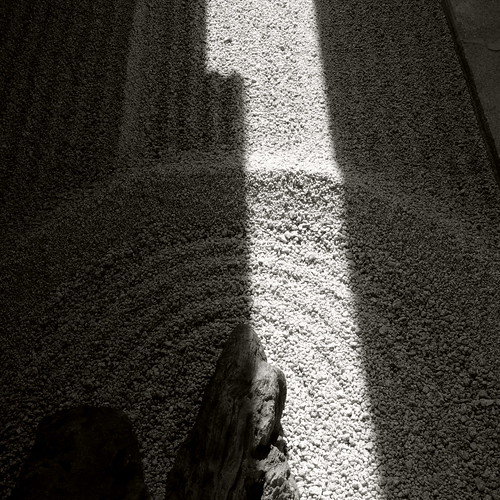
This Buddhist garden is one of five exquisite gardens at the Ryōgen,
It comprises a small enclosed area, composed of attractive simple boulders which are placed on raked sand. These iconic rocks are then surrounded by concentric circles of gravel being connected by parallel ridges and furrows. This garden briefly receives the sun at around 12 o'clock each day, and is sometimes lightly dusted by snow in the winter. The garden was designed to represent a Zen saying of that the harder a stone is thrown in the pond , the bigger will the ripples be.
The temple grounds includes 3 other gardens called Isshi-dan, Koda-tei, and Ryogin-tei – the latter is a moss covered garden which is said to be the oldest garden in Daitoku-ji.
2. The

This wonderfully peaceful garden which is situated in the park alongside the
Many Buddhist symbols are used throughout the design and layout of the garden.
A large pillar has words written in four languages which proclaims the Dalai Lama’s message about the vital importance of choosing the path of non-violence.
The garden’s design centres on the symbolism of the eight spoke Buddhist Wheel which represents the Noble Eightfold Path that all Buddhists must follow. Located within the wheel are eight stone seats in a circle which represents the eight principles in the Noble Eightfold Path. By sitting at the centre of the wheel become the central focus the garden.
At the garden's edge are trellis and Himalayan . This garden has been created to represent the elements of Earth, Fire, Air and Water and is often visited by Tibetan Buddhist teachers when they are visiting
3. The
Of course the holiest spot at the
Throughout the
Another common sight is to see people practicing Walking Meditation - walking slowly through the paths in the garden and which lead round the
To the east of the
To the south of the
4. The Temple of the Peaceful Dragon ,

In North West Kyoto,Japan lies a stunningly beautiful and simple Zen temple garden.It is one of the major Historic Monuments of
The rock garden was built during the late 13th Century and consists of raked gravel and 15 moss covered boulders situated so that when the garden visitor looks at the garden from any angle only fourteen of the boulders can be seen.
5.
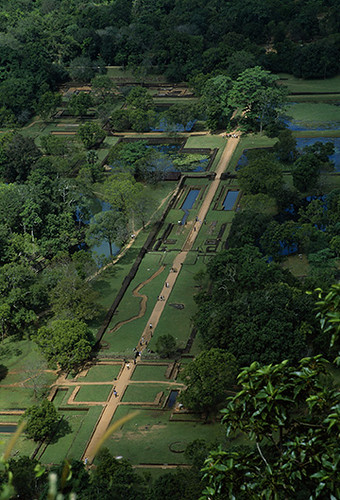
The current designed is thought to date from in the 5th century AD.
6. The
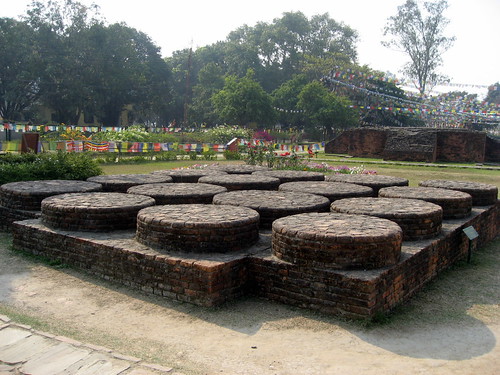
Another significant spot associated with the Life of the Buddha comes in at number six. This is the actual place where the Buddha was born and was for many centuries lost from the annals of recorded history only to re-discovered as late as 1896.The still sacred lake had earth banks constructed around its edges at the time of its re-discovery which have now been replaced with paved margin and steps - however as befits its heritage it remains a place of exceptional calm.
The garden also has a bathing pool of the Sakyas where the water is bright and translucent and reflective as a mirror and on its surface is covered with a mixture of flowers. This is the actual spot where the Buddha was thought to have been born. It became a UNESCO World Heritage Site in 1997.
7.
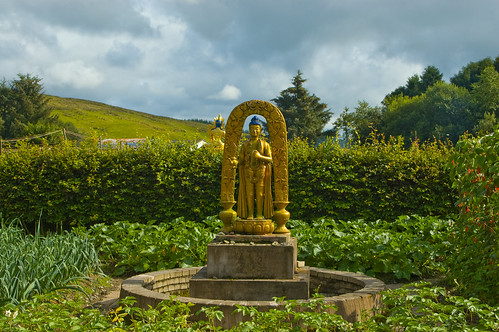
This Monastery and Tibetan Buddhist Centre is a located at Eskdalemuir, near
The centrepiece
8.
.jpg)
This amazingly simple and surprising Buddha garden is one of the most important tourist attractions on the Thai island of Ko Samui. It was designed and built in 1976 by a fruit farmer who was called Nim Thongsuk It was at the advanced age of 77 when he began his work on building the garden and for this reason it is also known as - “Uncle Nimm's Garden”.
The garden is surrounded by jungles and rocky mountains and is not that easy to discover as it is perched high on the mountain with stunning views overlooking the island down to the sea. The entire garden is filled with sculptures and statues representing human figures as well as those of various gods and Buddhas.
9. The Peace Pagoda and
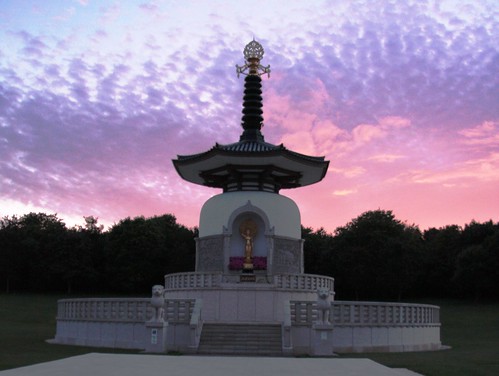
This garden was the inspiration of by Nichidatsu Fujii, a Japanese Buddhist monk who had worked with Gandhi intent on finding peaceful ways of opposing worldly government’s wrongdoings. After the horrors of the Second World War and the use of atomic weapons on Japan, he dedicated his life to campaigning strongly against the proliferation and use of nuclear weapons.
He lived to be 100 years old and the movement he helped to found has now built over 80 Peace Pagodas and
In the beautiful grounds surrounding the pagoda are well over a thousand cherry trees and cedars which have planted to remind us of the victims of all wars and conflicts..
At the left of the pagoda is a small Japanese rock garden , moss and bushes and a water lily pond full of carp.To the right of the
10.
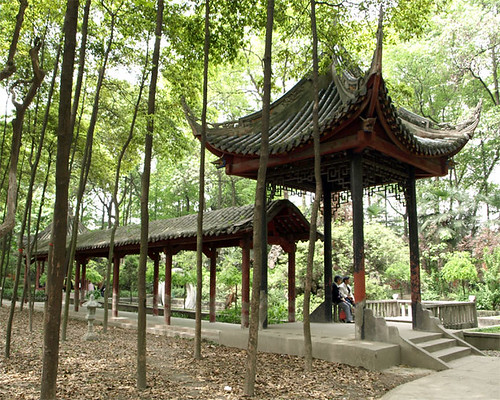
This Chinese Zen Buddhist monastery was built in the Tang Dynasty between 605 - 617 and constitutes the finest preserved ancient temple in
It is set within splendid landscaped gardens and contains fine examples of religious Chinese architecture as for the hungry and weary tourist and traveller also houses a superb vegetarian restaurant.
The landscaped gardens are serenely beautiful and are immacuately maintained and kept clean.They are host to many trees and shrubs as well as iconic and spectacular water features.
The courtyards and gardens are deigned to appear to blend and coalesce into each other, which makes for a very quiet and meditative environment.
"A family is a place where minds come in contact with one another. If these minds love one another the home will be as beautiful as a flower garden. But if these minds get out of harmony with one another it is like a storm that plays havoc with the garden."
The Buddha
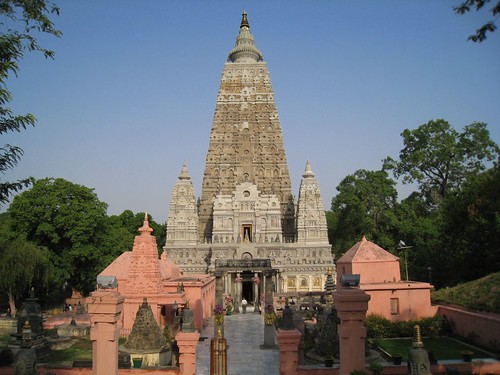
No comments:
Post a Comment